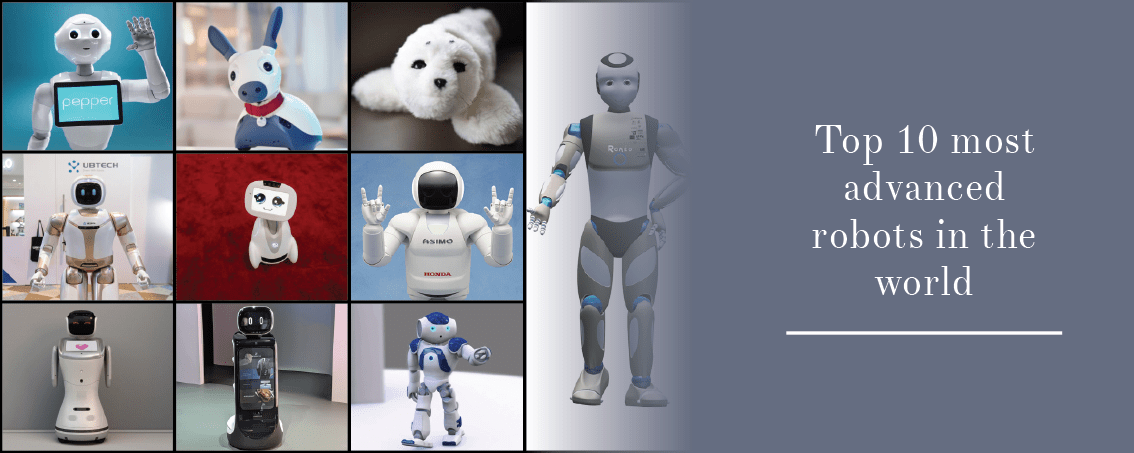The continually evolving supply chain technologies are shaping the present and the future. This is the point of operations that not only determine distribution efficiency but also the quality of the product a customer buys. Supply chain management is a key component of productivity and this has necessitated a paradigm shift in the way it is done. One of the most significant changes in the adoption of modern technology to enhance efficiency and accountability in the entire supply chain. Supply chain management software is in need of an overhaul. Current SCM solutions are based on architectures that were created in the 1990s and these solutions, used for planning and managing assets, inventory, and people to deliver products and services to customers, have been enhanced and upgraded, but their underlying architectures remain the same. As a result, they are limited in their ability to rapidly address the significant and continuous change brought on by increasing customer expectations and new competition.
Companies across all industries are grappling with how to leverage the explosion of new technologies to transform themselves into ‘digital enterprises.’ In a digital enterprise, physical assets are increasingly augmented or replaced by digital technologies and software. This makes assets intelligent, improving their capabilities and allowing them to communicate their status. As a result, enterprises are able to improve their operations and provide unique, tailored customer experiences. Computerized chain management has revolutionized modern business by allowing for better visibility and tracking. The technology allows for real-time monitoring of the entire chain including shipping and invoicing. The dynamism in technology products including smartphones, GPS devices, and tablets among others has also seen a steady rise in portable supply chain technology which is invaluable in monitoring the supply chain using wireless technology.
One vital unifying concept in Supply Chain is the certainty and reliability of data. New Supply Chain Technologies look to massively improved business connectivity, visibility, and certainty of supply chain data, in addition to the speed of information flow. Integrating technology in supply chain management ensures:
- Reduction in operational costs
- Improved efficiency through reduction of errors
- Greater customer satisfaction
Technologies driving the SCM are as follows:
Artificial Intelligence
Future SCM software will be characterized by its ability to “self-learn.” This means it will adapt and make decisions by itself, without human intervention. This will be made possible by artificial intelligence (AI) and, more specifically, machine learning, which is software that can learn from data versus being completely driven by rules configured by humans. AI allows the software to take on more of the decision-making load associated with managing supply chains. This is most prominent in fields such as robots and self-driving trucks, where actions are self-directed based on the software’s ability to learn. In SCM software, AI will start by providing suggestions to humans, and then eventually be used to automate decisions.
Unlocking workers’ potential can greatly be helped by the use of advanced computing with Artificial Intelligence to perform human-like tasks including training. Integration of Artificial Intelligence into supply chain technologies, like Voice recognition for wearable devices, would help overcome several regulatory obstacles. Also, with Artificial Intelligence the future of the supply chain will be driven by continuous collaboration and seamless information flow.
Cloud Computing
Cloud computing is positively impacting supply chain companies in rethinking their IT strategy. The use of Cloud computing serves as a tool driving supply chain processes with reduced upgrade impact, and enabling innovative software adoption more quickly. With Cloud computing, Total Cost of Ownership (TCO) and Timing would also experience improvements. Cloud computing in the future seeks to enable easy integration and connectivity in addition to path migration for extra functionality, without having to take the “rip and replace” approach.
Transport Management Software
Computerized supply management is the future of the business. The use of computerized shipping and tracking systems helps to integrate all operations from one panel. Moreover, it is now possible to have such a panel in your mobile device meaning you can organize your inventory data, manage shipping, monitor distribution and create an electronic bill of landing, all in the comfort of your office or while on the go. This enhances customer experience and reduces errors in the entire process.
Adopting technology in supplies management is to simplify the process, thus eliminating redundancy. Data is essential to this process, with a seamless connection in making better decisions and improving overall performance.

















